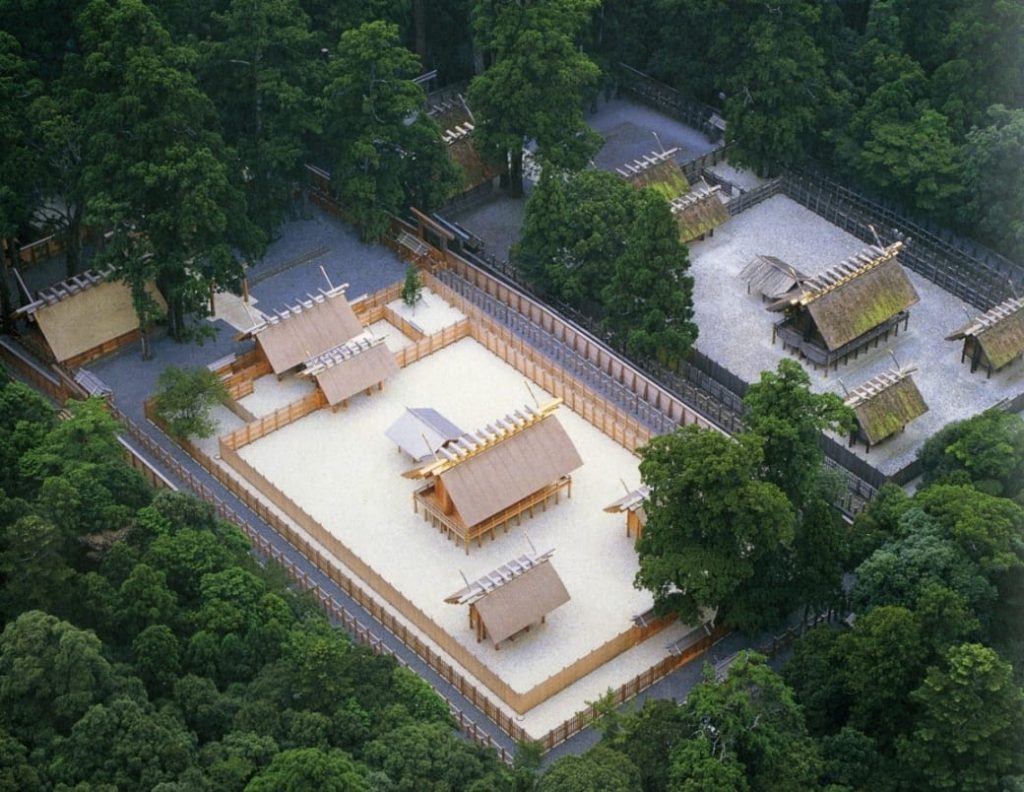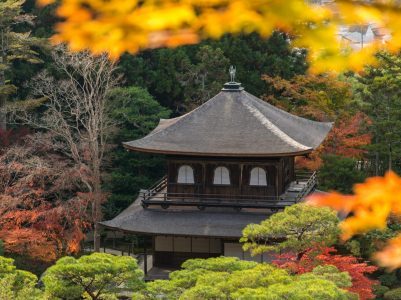By Rt. Rev. Yoshinobu Miyake, Chair of the International Shinto Studies Association.

For many years, I’ve been looking forward to visiting Saudi Arabia, the Holy Land of Islam with few forests, and talking about the relationship between rainforests and religions, but it’s a pity that this G20 Interfaith Forum had to be held online due to the COVID-19 pandemic. I have been involved in these activities since the days of the G8 Religious Leader’s Summit, the predecessor of the current G20 Interfaith Forum, and from my decades of experience, it could be said that the current method of logical development is based on the world recognition of Abrahamic religions. However, such methodologies are insufficient to properly understand the tens of millions of diverse organisms living on this planet.
Therefore, I would like to raise one issue as a priest of Shinto, a religion categorized as a kind of animism. The image of Japan that people all over the world have is “an island country with a long history, industrially well developed, and densely populated.” However, many people will be surprised to hear the fact that the ratio of forest area to land area in Japan is 68.2%, which is the second highest in the world after Finland with 73.9%. Russia, which has vast Siberia, has a forest ratio of 47.9%, the United States has 33.1%, Germany in the central part of Europe has 31.7%, and New Zealand, which is an island country equivalent to Japan and has a low population density, has only 31.0%. You can see how high the forestation rate in Japan is.
Shinto Beliefs and the Grand Shrine of Ise
Having one of the longest histories in the world and nurturing a civilization in this small island country for 15,000 years, the Japanese have continuously planted trees for many years. In order for people to continue their lives, they’ve taken care of the forest. In Japanese mythology, there is even a story that a deity who descended from heaven was welcomed by people as a “Sacred King” by planting trees in the mountains. In that sense, it is the exact opposite of Gilgamesh, who cut down the Lebanon cedar forest in Mesopotamian mythology with a bronze ax to establish the city-state Uruk and become “Sacred King.”

In Shinto, which is a type of animism, the spiritual power resides in every being. We believe that there are eight million deities in Japan. The oldest and most prestigious of these is the Grand Shrine of Ise, which enshrines Amaterasu, the ancestor of the Emperor. The shrine, which sits in a deep forest, has 125 shrines made entirely of timbers, all of them completely rebuilt every 20 years. The construction method is really unique. In a “vacant lot” of the same size adjacent to the currently built shrine, a “copy” that is exactly the same as the currently built shrine, from the exterior to the interior, is built over the course of eight years. Once we move the deities from the old shrine to the new shrine, the old shrine is immediately dismantled. This idea is the same strategy as with DNA replication in living cells. Twelve years later, we start to rebuild the new shrine in the place where the old shrine was built, taking another eight years, and in the 20th year, the deities will be moved to the newer shrine. At the Grand Shrine of Ise, this activity has been repeated for over a thousand years, so it is the “oldest and newest” shrine.
A huge amount of wood (cypress) is used to maintain this method of “regular reconstruction and demolition.” In order to secure the cypress wood, this shrine is planting a large amount of cypress trees to be cut down in 200 to 300 years. Humans are so short-lived that no one who planted a tree will see that tree being cut down. But they continue to plant it anyway. 200 and 300 years ago, Japanese people who had the same feelings planted trees, even when their lives were financially hard, and took care of the forest by pruning and weeding. Thanks to their acts, staying hopeful and continuing for many years, we can continue to build new shrines even now.
Equal Spirituality, Shared Responsibility
Please watch this video (found at 20:37). At this shrine, even when cutting down a single tree, they do this traditional ritual carefully. They thank the deities of the forest, and then cut it down. This lady is the sister of His Majesty the Emperor. At the Grand Shrine of Ise, from ancient times, the emperor’s daughters or sisters were dispatched as the “Priestess” to the Shrine built in the forest of Ise far from the capital, and they took the place of the Emperor. They have been praying for world peace and the prosperity of Japan every day. And the felled cypress wood often used to build the supreme temple, are towed by millions of people with great glee across mountain slopes and rivers on a long journey of more than 100 km from forested mountains. The people of Japan continue to serve and make the Japanese understand that “this Grand Shrine and the trees of this mountain must be carefully protected.”
The Japanese view of religion is by no means that only one Creator who created the world at once. Between human beings and all substances that exist in this world, from animals to plants or even to stones, there is equal “spirituality.” And we believe that we can share and sympathize with “Great Life.” Therefore, in Shinto, it is not the idea that “human beings have been given a special status by the Creator to manage natural resources appropriately.” To the last, the Japanese think that “human beings, who are only a part of nature, will use natural resources within a sustainable range.” This is possible, even throughout Japan’s long history, even with this small island nation’s a large population density and well-developed industry. I could say that the very high land-forest ratio is the evidence.
This is one of the perspectives of Shinto priest on the relationship between natural rainforests and human life. Thank you.
– – –
Rt. Rev. Yoshinobu Miyake serves as a board member of Religions for Peace Japan, the Chair of the International Shinto Studies Association, and the Vice President of the UN Association Japan Kansai Capital.


